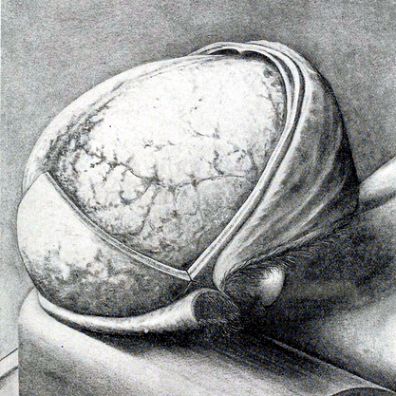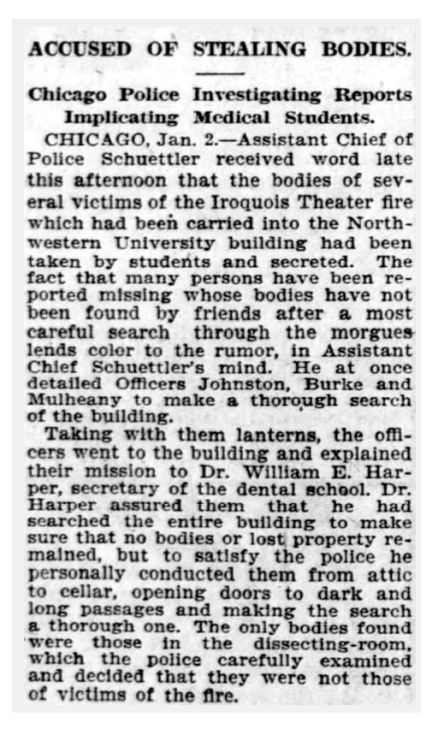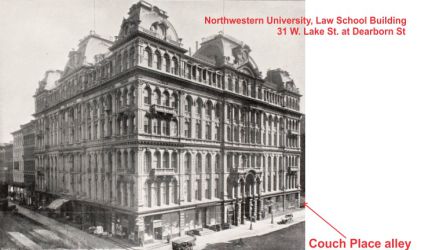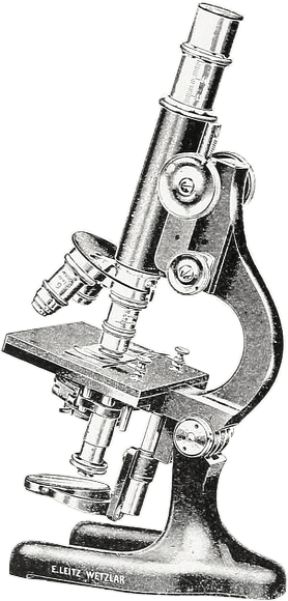|

|
|
Four days after the Iroquois Theater fire, some victims' families failed to
find their loved ones, despite multiple searches of morgues and hospitals. In their frustration,
they turned to alternate location possibilities. One theory was that fire victims had been taken
to the private homes of strangers for care. The idea was posted in the newspaper, but there was
only one such incidence, that of
two-ear-old Margaret
Dee.
|
|

|
|
In time, all the families
found their victims, with
one remaining who was
never identified. Immediately after the fire, confusion
resulted from bodies being so badly injured that
even husbands, parents, and children of the victims
misidentified the remains or walked passed the corpse in morgues multiple times. One of the misidentified,
the
Greenwald boy, was entombed before the mix-up
was discovered.
The titillating notion that Northwestern medical students had
hidden away bodies was fueled by grief and desperation and rationalized by stories of body
snatching for anatomy study in the early 1800s.
|
|

|
|

The fourth Tremont House Hotel at Lake and Dearborn street in 1902 became Northwestern's
new home. Justice Oliver Wendell Holmes
spoke at the building dedication. In addition to the university's law, dental, and
pharmacy departments, the building housed a variety of business offices.
|
|
|

|
|
The irony of the accusation against Northwestern students
was that several had performed heroically to help 35-50 people escape from the
Iroquois. With help from painting contractors
Charles Cubbon and
Joe Leibert, they stretched a ladder, then a scaffolding plank, across Couch
Place, for victims to crawl to safety. The students laid the victims in the
recitation room, smothering their smoldering clothing and covering them with
blankets to conceal immodest exposure.
A few victims were taken to hospitals and survived, but most of those who
crossed the plank had been badly burned by the fireball and smoke inhalation.
They died and were transported to morgues, but a few family members viewed
bodies at Northwestern before beginning the circuit of hospitals and morgues.
|
|
